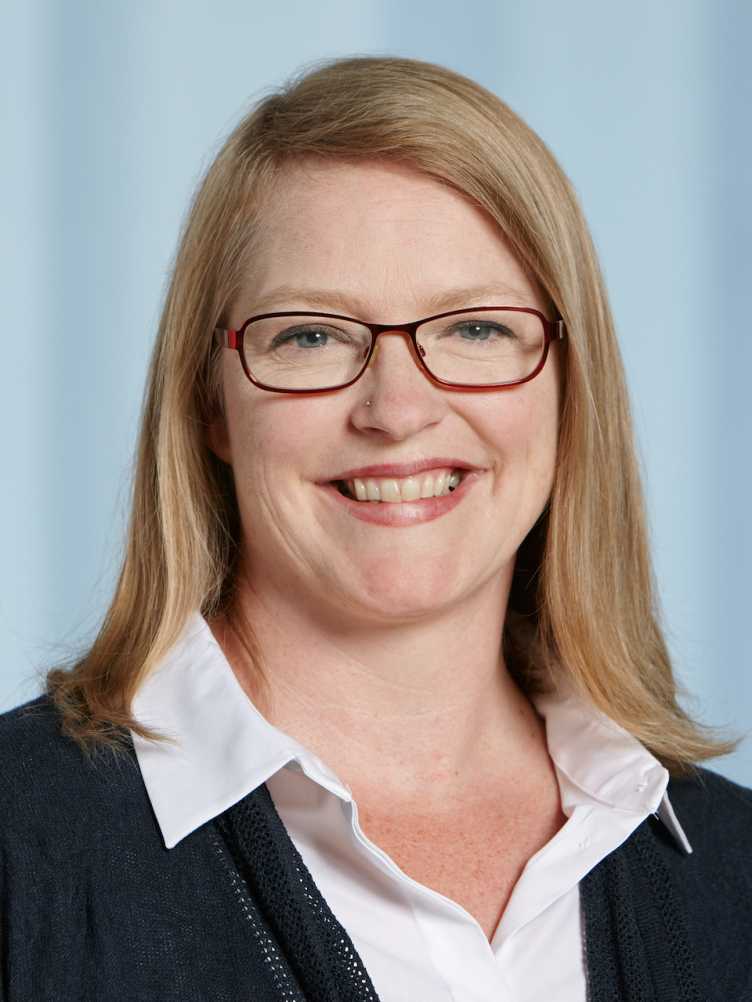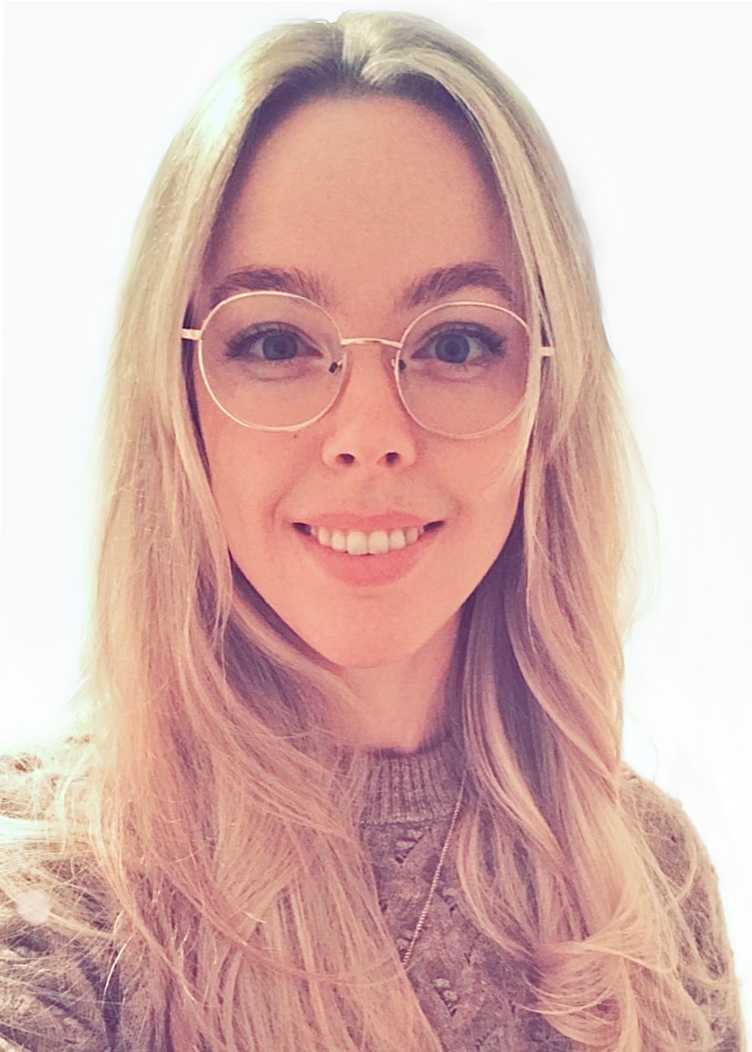The Group
We are an interdisciplinary team who studies the origin and cycling of DNA in the environment. Using information contained in DNA sampled from the environment, we infer the distribution and consequences of changing biodiversity for global ecosystem functioning.

Kristy Deiner
I am fascinated and humbled by biodiversity. I want to understand how it is generated and how to maintain it. Biodiversity spans genes to ecosystems and this requires interdisciplinary research that utilizes universal tools. For this reason, I have focused on developing and utilizing genetic and field methods to understand population dynamics, structure and diversity. My work has carried me to mountain top lakes, to coastal streams and tropical islands. I am fascinated with how interactions among species and the environment shape the distribution of biodiversity and find this research paramount in today's increasingly human dominated world.

Sabine Dürig
Administrative Assistant of Prof. Kristy Deiner
I am the organizer for the group. I keep us afloat by finding the solutions for all the management challenges and love to get past in can’t be done, to this is how we can do it! I even get to get out of the office and help with field work sometimes too!

Iris Struijk
I am a laboratory technician in the Deiner lab group. My role includes the maintenance of cleanliness and compliance in the designated clean laboratory. I come from a social science background, but am fascinated and passionate about the environment and biodiversity. I enjoy working with and helping people and I am super excited to do my very best to support the team in the clean lab.